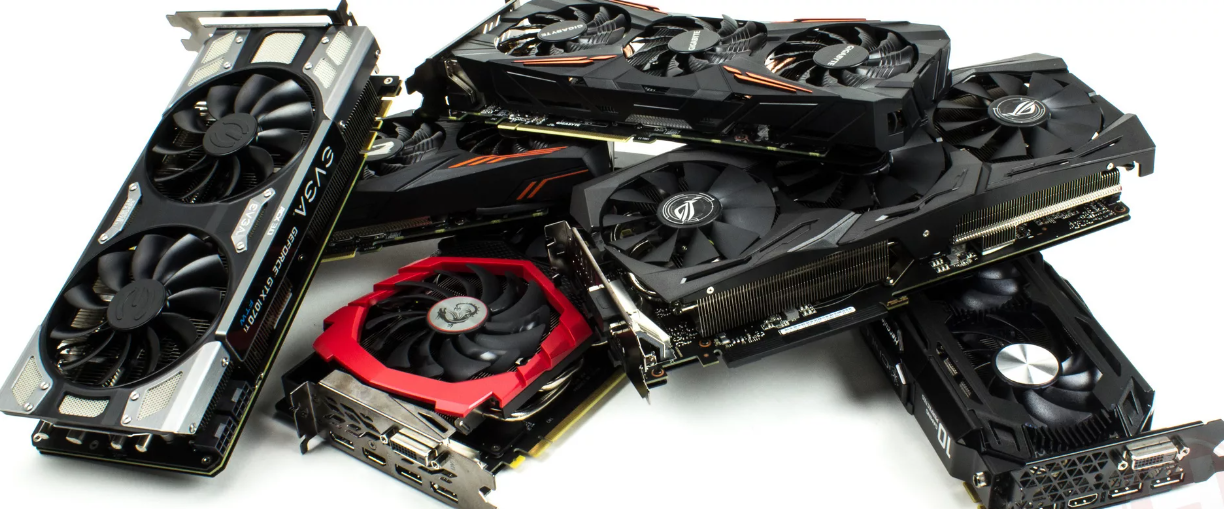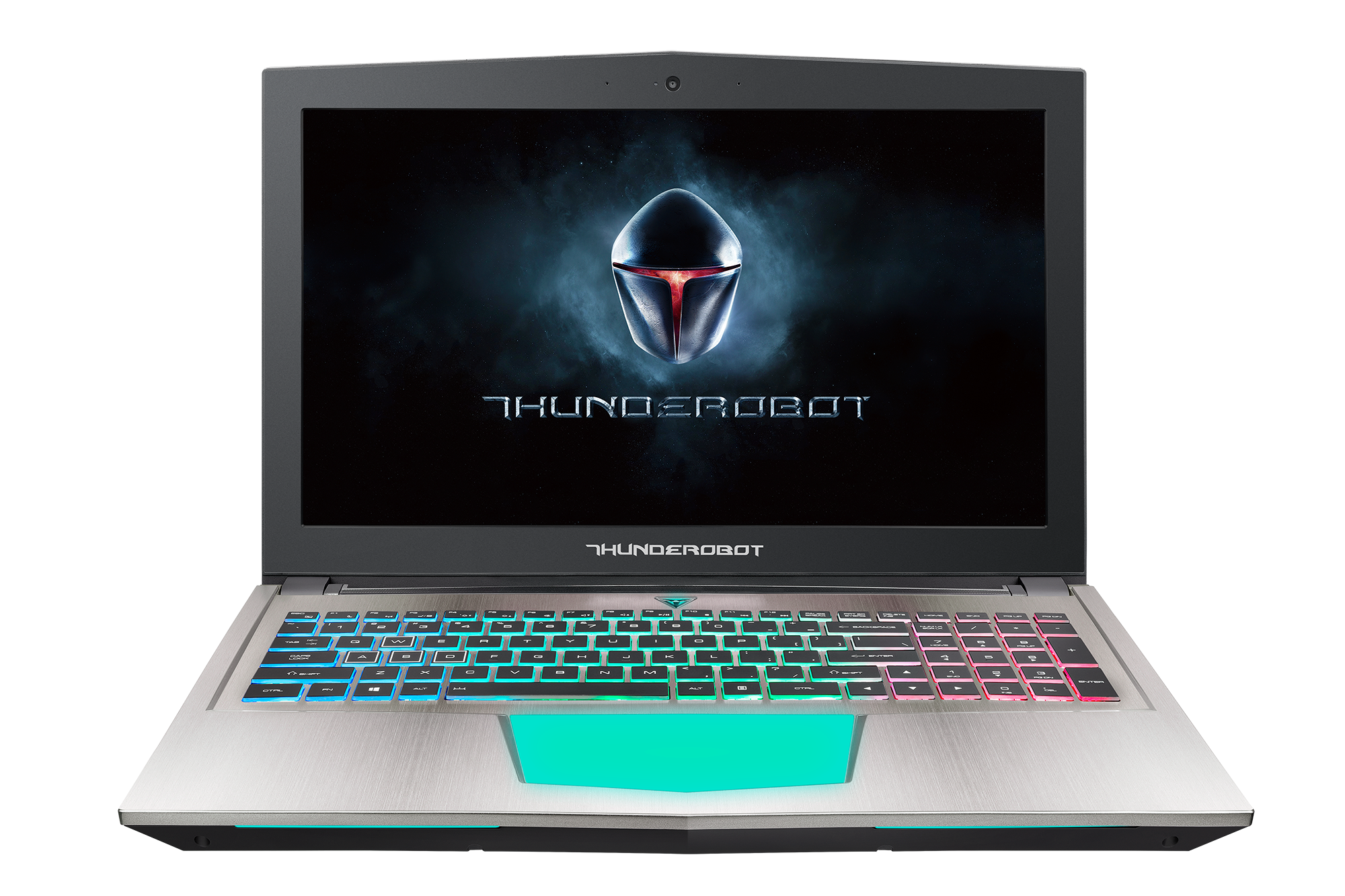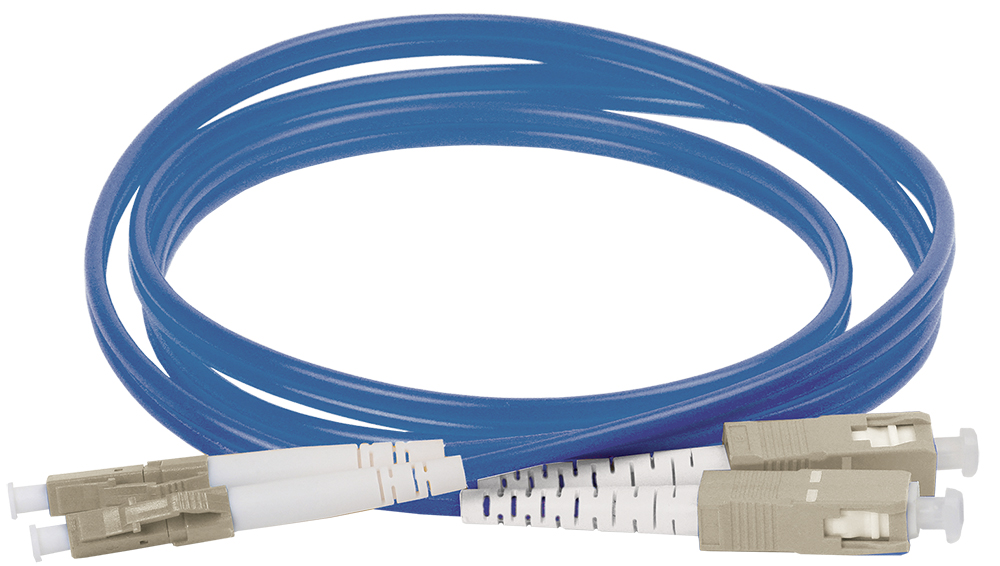Oc genie lite что это
Компания MSI представила новую материнскую плату P67A-GD80 B3
Компания MSI, всемирно известный производитель материнских плат и видеокарт, выпустила новейшую материнскую плату для процессоров Intel поколения Sandy Bridge, ориентированную на компьютерных энтузиастов. Процесс производства новой системной платы предполагает использование различных эксклюзивных стандартов и технологий компании MSI, предусмотренных процессом создания решений на основе чипсета Intel P67. К числу таких элементов относятся: электронные компоненты категории Military Class II, символизирующие высокое качество и стабильность в работе, комплексная система автоматического разгона одним нажатием кнопки OverClocking Genie II, технология ClickBIOS на базе uEFI и функция SuperCharger, позволяющая обеспечить оптимальные условия для зарядки мобильных устройств. Реализация 12-фазной схемы питания осуществляется с применением технологии DrMOS (Driver-MOSFET), способствующей более стабильному питанию системы при разгоне, а наличие трёх слотов расширения PCI-E 2.0 16х позволяет использовать конфигурации в составе трёх видеокарт.
Military Class II – синоним высокого качества
Продолжая традиции производства системных плат MSI на базе чипсетов Intel P67 и H67, все новейшие платы P67A-GD80 (степинг B3) создаются на основе деталей и материалов высшего уровня, изготовленных в соответствии со стандартом Military Class II. Применение high-k конденсаторов, конденсаторов с твёрдым полимером и катушек SFC (Super Ferrite Choke) позволяет продлить срок службы всех используемых компонентов.
12-фазная схема питания повышает стабильность работы системы при разгоне
Как решение, ориентированное на компьютерных энтузиастов и любителей экстремального разгона, MSI P67A-GD80 (B3) использует специально разработанную 12-фазную схему питания, которая в сочетании с передовой фирменной технологией MSI DrMOS, воплотившейся в дизайне цифрового блока управления питанием (VRM), позволяет обеспечить высочайшую производительность как в плане качественных характеристик напряжения питания, так и в плане эффективности энергопотребления. В результате значительно повышается стабильность работы системы в условиях экстремального разгона.
Три слота PCI-е 2.0 16х позволяют повысить производительность в графических приложениях
Для того чтобы компьютерные энтузиасты без особых усилий могли добиться высочайшего уровня производительности в 3D-графике, новейшие системные платы MSI предусматривают наличие трёх слотов расширения PCI-E 2.0 16х с поддержкой графических конфигураций SLI или CrossFireX в составе до трёх видеокарт. Оптимальное расположение слотов расширения не только позволяет избежать проблем при установке двухслотовых решений, но и способствует улучшению вентилируемости системы.
OC Genie II – новые возможности одним нажатием кнопки
Завоевавшая популярность технология разгона OC Genie II, реализуемая в материнских платах на базе чипсетов Intel P67/H67, также находит применение в MSI P67A-GD80 (B3). С помощью кнопок на системной плате или соответствующих пунктов меню в ClickBIOS компьютерные энтузиасты могут в мгновение ока оптимизировать работу системы, не обладая глубокими познаниями в области компьютеров и без необходимости изменения критически важных настроек. Всё, что вам нужно – это воспользоваться функцией OC Genie II, которая буквально за пару секунд позволит раскрыть весь потенциал производительности системы.
Комплекс программных и аппаратных решений обеспечивает расширенные возможности
Все новейшие материнские платы P67A-GD80 (B3) продолжают славные традиции решений компании MSI на чипсетах серии Intel P67, отличающихся расширенной функциональностью. Функция Control Center II Instant OC позволяет сразу же, без перезагрузки, возобновить работу системы после разгона, технология SuperCharger способствует трёхкратному увеличению энергии, подаваемой через USB-порт на передней панели для зарядки мобильных устройств, а технология THX позволяет обеспечить качество звучания на уровне голливудских шедевров. Новика поддерживает 10 разъёмов USB 3.0 и четыре разъёма SATA 6 Gb/s, что делает её отличным решением как с точки зрения возможностей расширения, так и с точки зрения удобства в работе. MSI P67A-GD80 (B3) – это решение для компьютерных энтузиастов, которым необходима материнская плата на базе чипсета Intel P67.
Какая технология лучше — OC Genie II или LucidLogix Virtu MVP?
Привет всем. Не могу выбрать между двумя материнками
MSI B75A-G43 Понравилось:
OC Genie II обеспечивает мгновенный прирост производительности, оптимизируя работу процессора, памяти, интегрированной графики и устройств хранения данных, когда функция активирована.
Asus P8B75-V Понравилось:
LucidLogix Virtu MVP можно использовать встроенное графическое ядро для ускорения основной видеокарты, что позволяет увеличить производительность на 60%
Какая из этих технологий будет круче? если у меня процессор core I3 3220, ATI HD7850, оперативку ещё не выбрал.
Какая технология лучше
Форумчане , не подскажите какая технология лучше linq to sql, entity framework, nhibernate? Или что.
Какая технология лучше
Итак, передо мной стоит задача написать небольшую (около 3000 аккаунтов) социальную сеть. .
Классифицируйте, это MVC, MVP, PAC или вообще ерунда какая-то
Пытаюсь разобраться с архитектурным шаблоном MVC, написал вот такой вырожденный пример на Python.
Какая версия лучше 12.04 или 14.04
Оффициально поддерживаемая, предустановленная OC ubuntu 12.04 LTS, но при обновлении на 14.04 LTS.
Какая БД лучше: HSQL или Cloudscape?
Какая из БД на ваш взгляд лучше? Критерии оценки: скорость, надежность, простота.
OC Genie II это фирменная технология MSI, коих у каждой мат.платы хватает и в большинстве случаев ими никто не пользуется за не надобностью.
Virtu это технология «общая», т.е. имеется на большинстве мат.плат. Очень занимательная штука, если в двух словах — при 2D (рабочий стол и т.д.) видеокарта полностью отключается и начинает работать некий буфер host-процесса. Хоть видеокарта и отключена, встроенное в CPU видео ядро передает данные в этот буфер, который в свою очередь подключается к IO интерфейсам видеокарты и сигнал через отключенную видеокарту по шнурку передаётся монитору. Тем самым обеспечивается очень ощутимая экономия электроэнергии.
вообще Vitru можно активировать в любой мат.плате, которая может работать со встроенным в CPU видео ядром (разумеется это касается интеловских чипсетов только 6 и 7 серии) — для этого нужен ключ, который зашивается в файл биоса (в реестре это таблица DSDT, как и в старые времена с активацией SLI на якобы не поддерживаемых платах).
MSI OC Genie — оверклокинг прямо на материнской плате
Компания MSI решила удивить общественность снова и выпустила материнскую плату, на которой установлено аппаратное решение для разгона процессора. Технология получила название OC Genie и представляет собой набор из кнопок, которые установлены прямо на самой плате, так что для разгона процессора не придется каждый раз заходить в BIOS или загружать Windows и различные утилиты.
MSI OC Genie уже присутствует в материнской плате MSI P55 и дает возможность разгона процеcсора легким нажатием всего одной кнопки. После ее нажатия OC Genie самостоятельно определит оптимальные установки для разгона и запомнит их. Также система проведет проверку на стабильность работы и автоматически уменьшит частоты, если компьютер откажется загружаться. Одним словом, вся ручная работа автоматизирована. Остается только сидеть и наблюдать, что MSI OC Genie может «выжать» из нового процессора. Также MSI готовит и версии OC Genie для AMD.
Обзор и тесты MSI Z77 MPower. Материнская плата для геймеров и оверклокеров
Сегодня в рамках Лаборатории MegaObzor.com будет детально протестирована материнская плата MSI Z77 MPower на чипсете Intel Z77. Эта модель относится к серии Big Bang, характеризующейся высочайшим качеством, разгонным потенциалом и учётом последних инженерных достижений в области проектирования.
Год назад вы уже могли ознакомиться с обзором MSI Z77A-GD65, это решение тогда вызвало интерес со стороны читателей. Рассматриваемый сегодня образец MSI Big Bang Z77 MPower поверхностно уже рассматривался нами в октябре 2012 года. Сегодня мы готовы представить результат расширенных тестов и видео обзор этой игровой материнской платы.
На сегодняшний день компания MSI занимает одно из лидирующих мест на рынке. В линейке этого производителя есть не только материнские платы, но и видеокарты, ноутбуки, сетевое оборудование и потребительская электроника. Часть продукции отгружается OEM-заказчикам. В отличие от ряда брендов, MSI имеет собственное производство и штат инженеров, разрабатывающих инновационные решения. В рамках обзоров мы не раз рассматривали продукты MSI, но в рамках Лаборатории это первый расширенный и детальный материал.
Возвращаясь к линейке Big Bang, хочется сразу отметить, что она состоит из двух направлений: это MPOWER и Intel X79. Материнские платы MPOWER построены на чипсете Intel Z77 Express, работающем в паре с процессорами Intel Sandy Bridge или Ivy Bridge. В целом, не углубляясь, эти процессоры имеют схожие вычислительные возможности. Однако со своей стороны рекомендую Ivy Bridge с множителем К, именно они позволят максимально раскрыть разгонный потенциал системы. Ещё одним важным моментом является работа с оперативной памятью и её разгоном. Как заметно по тестам GeIl GEW316GB2400C11ADC, поднять частоту на 2400 МГц нам удалось только с Ivy Bridge.
MSI Z77 MPower работает с процессорами Intel в исполнении LGA1155, дизайн платы разработан с учётом длительной работы в режиме оверклокинга. Более детально со всеми нюансами и «фишками» познакомимся ниже.
MSI 890GXM-G65 Review
It’s been a while since AMD introduced a new chipset. The 890GX-SB850 has several new features, including USB 3.0, SATA 3, 6-core CPU support, and upgraded integrated graphics with DirectX 10.1 support. MSI is getting into the 890GX game immediately, and has sent me their 890GXM-G65 for testing. Though the 890GXM-G65 is part of MSI’s “Gaming Series,” here I’ll be testing it in an HTPC setting.
890GXM-G65 Specs and Features
OC Genie Lite
- Automatically detect best OC configuration
- Optimized for 3-D performance
USB 3.0
- Revolutionary SuperSpeed USB 3.0, 10x faster than USB 2.0
- Up to 5Gbps bandwidth, boost data transfer rate between PC and USB device
OC Switch
- Help end-users upgrade CPU FSB directly
- Skip complicated BIOS settings and enjoy higher level CPU performance
eSATA/USB Combo Port
- Integrated eSATA and USB function
- No need for power source for external SATA device
M-Flash
- Fast, flexible, instant BIOS flashing
- Can still boot from USB flash drive if BIOS crashes
Lossless
- Lossless content protection technology with full-rate audio enjoyment
- Support for 24bit/192KHz sample rate for high quality digital decoders and speakers
Other features
- Active Phase Switching to increase power saving
- SATA 6Gb/s
- Solid capacitors
- Super Ferrite Chokes
Price – $129.99
Packaging and motherboard pictures
I don’t know how many people have noticed this, but you can usually tell the grade of an MSI motherboard by the box color. Purple boxes are generally entry-level, orange boxes are mid to high level, and “special” motherboards, like the Big bang, get their own unique packaging. Since I’ve tested plenty of each, I usually know what to expect ahead of time.
MSI 890GXM-G65 Box Front
MSI 890GXM-G65 Box Corner
MSI 890GXM-G65 Box Back
MSI 890GXM-G65 Accessories
This board came with just the essentials, as pictured here. I’m sure the full retail one will come with a bit more, including a user manual. I like the fact that MSI color codes their driver discs. The AMD ones have a green banner, while the Intel ones have a blue banner. This is a nice touch that I greatly appreciate. When I’m switching back and forth, and have a pile of driver discs on my desk, this makes finding the right one very easy.
MSI 890GXM-G65 Board Front
The motherboard sports MSI’s typical (in recent boards anyway) blue on black color scheme, and has a nice clean layout. MSI has done a great job utilizing the small amount of real estate available in the mATX form factor. The two pci-e slots are spaced far enough apart for dual-slot video cards, while leaving enough room at the bottom for easily accessing the OC Switch and USB headers.
One thing I noticed right off is the lack of fan headers. This board has a total of two. That’s right, the CPU fan header, and the one near the SATA ports. For any additional fans, you’ve gotta run adapters straight from the power supply.
MSI 890GXM-G65 PCI-E slots
MSI 890GXM-G65 lower left
MSI 890GXM-G56 Lower Right 1
MSI 890GXM-G56 Lower Right 2
MSI 890GXM-G65 Lower Right 3
One thing I don’t like, but is not unique to this board, is the SATA connector orientation. Normally it’s not a huge problem, in fact it can make cabling much neater inside a case. But in a tiny mATX case, it can be very hard to get the SATA cables in and out of the ports, especially if they’re the type with clips on the ends. However, there is one upward-facing port, so if you if you have a need to frequently remove drives, this will make it much easier. If you’re using this in a full size case, ignore this paragraph.
MSI 890GXM-G65 DDR3 Slots
The DDR3 slot placement is typical of most AMD motherboards. It’s all too common for memory slots on these boards to use adjacent slots for dual channel, instead of every other slot like the majority of Intel motherboards.
MSI 890GXM-G65 CPU Socket Area
MSI 890GXM-G65 Heatpipe
The CPU socket area is very clean and uncluttered, so insulating should be a breeze if I decide to do any overclocking with liquid nitrogen.
MSI 890GXM-G65 I/O
MSI 890GXM-G65 Back
MSI 890GXM-G65 Back Socket Area
MSI 890GXM-G65 Back I/O
Now for the gratuitous nude shots.
MSI 890GXM-G65 Naked Mosfets
MSI 890GXM-G65 Naked 890GX
MSI 890GXM-G65 Naked SB850
MSI 890GXM-G65 Naked Socket Area
MSI 890GXM-G65 Bios Main
MSI 890GXM-G65 BIOS — Standard CMOS Features
MSI 890GXM-G65 BIOS — Advanced BIOS Features
MSI 890GXM-G65 BIOS — Integrated Peripherals
MSI 890GXM-G65 BIOS — Power Management
MSI 890GXM-G65 BIOS — H/W Monitor
The Cell Menu is where all of the overclocking settings live. Here, MSI provides complete control of all hardware settings essential to overclocking.
MSI 890GXM-G65 BIOS — Cell Menu
MSI 890GXM-G65 BIOS — Cell Menu 2
MSI 890GXM-G65 BIOS — Cell Menu 3
MSI 890GXM-G65 BIOS — Advanced DRAM Configuration
MSI 890GXM-G65 BIOS — OC Genie Lite Explanation
MSI’s M-Flash utility works extremely well, and is probably the quickest and easiest way ever created to flash a BIOS. You insert a USB flash drive with the new BIOS image, press enter, and about a minute later, the BIOS flash is finished and you’re ready to go.
MSI 890GXM-G65 BIOS — M-Flash
The OC Profile menu provides six slots to store different overclocking profiles. It isn’t as user friendly as some other similar utilities I’ve used, but it definitely gets the job done.
MSI 890GXM-G65 BIOS — OC Profiles
Testing Platform
This isn’t my favorite case, but I still use it for a reason. Right before CompUSA went under, I saw this on their Open Box table for $60. I’m normally not much of a haggler in retail stores, but I decided to ask for a price break because the case had a few scratches. I ended up walking out of the store with it for $25, and have been using it ever since. It began as just an HTPC case, but as I began to prefer a small, quiet PC over the big, loud, power-hungry monsters I had been running as long as I can remember, this became my primary computer case. The most recent inhabitant of this case was the MSI 760GM-E51 I reviewed last month.
Testing Components
- AMD Atlhon II 245
- MSI 860GXM-G65
- Onboard HD 4290 Graphics
- G.Skill HZ DDR3 1600
- Samsung 1TB HDD
- Antec Aria case w/ 300w PSU
Empty case ready for a new occupant
Another shot of the case
And a shot from above of the empty case
Board and CPU installed
CPU Heatsink installed
Back of the case with everything installed
Assembled and sitting on my desk
You may notice that I took this last photo in the middle of playing Half Life 2. I do very little computer gaming because I prefer using consoles for that. But there are a few games that just aren’t as good on a console, and the Half Life series is one of them. The integrated HD 4290 graphics on this board handle the game perfectly at 1680×1050 with all other game settings on medium or high.
Overclocking
While the BIOS offers a complete set of overclocking features, vcore max is 1.35v. I asked MSI about this and was told that voltage adjustment capabilities will be added in future BIOS updates, and to give the OC Genie Lite a try in the meantime. However, during the brief testing I did with a Phenom II 545, I was able to achieve 3.7GHz with little effort. This was with only 2 cores enabled though, because core unlocking is not yet supported on this board. Even with the voltage limitations, the real limiting factor for me is going to be the Athlon II I’m using. Anyway, on to the OC Genie Lite.
OC Genie Lite
I’ve used OC Genie on both P55-GD80 and the Big Bang Trinergy, and while it was a cute feature, it didn’t seem very useful for 24/7 overclock settings. But, in the manual, MSI states the settings provided by OC Genie are to be used as starting values, and customized by the user.
With the lack of voltage adjustment abilities so far on this board, the settings provided by OC Genie Lite are in fact intended to be used as every day settings. Again, MSI does plan to include better voltage options in future BIOS versions.
After playing with the OC Genie Lite, I found it to be much ‘smarter’ than I expected. I had manually adjusted a few BIOS settings when I enabled the Genie. I fully expected it to clear my settings and put in some predetermined values based on a general OC than MSI had programmed. Instead, it kept my settings, and overclocked according to them. After playing some more, I’ve decided the OC Genie Lite goes for max fsb, and not processor clock speed. When I entered a multiplier of 14x, the Genie set the fsb to 209, and my memory to 1630. It kept the CL of 7 I had chosen, but changed the remaining timing values. This gave me a CPU clock speed of just over 3GHz, and very decent memory speeds, while keeping cool enough for the tiny Antec Aria case. So in my situation, the Genie did it’s job perfectly and gave me a modest 24/7 overclock.
Next I set all Cell Menu settings to Auto (except DDR3 voltage) and enabled OC Genie again. Then I went to brush my teeth. I heard a series of beeping, followed by a reboot, another series of beeping, and I came back to find the fans running, with no other sign of life. I started to clear CMOS, but decided on just pressing the reset button. It restarted just fine and I went into BIOS to find an fsb of 290 and a CPU multiplier of 10. The Phenom II that I tested when this board first arrived would have done fine at those settings. Unfortunately, this poor Athlon II just wasn’t up to the task. After experimenting with various settings, the Genie seems to set CPU frequency close to 3GHz fairly consistently with this Athlon II. Voltage settings from the OC Genie remain consistent, with vcore right at 1.35v every time.
I actually still have a lot of testing to do with this board, and before making any final conclusions on overclocking performance, I’d like to try it out with a stronger CPU. Overclocking results and benchmark scores will be in the forum thread accompanying this review.
USB 3.0 Testing
Kingwin DockMaster USB 3.0 Hard Drive Docking Station
Kingwin DockMaster + WD Raptor
Kingwin kindly provided me with their DockMaster USB 3.0 hard drive docking station, which I’ll be reviewing after this. I did some quick HD Tack tests, and actually timed some file copying. I used a WD Raptor hard drive in the enclosure, since it’s the fastest hard drive I own. A 700MB movie was copied in 12.9 seconds. I’ve actually never tested an external USB 2.0 drive with HD Tach, so I did that for a speed comparison.
After the HD Tach tests and timing the file copy, I started wondering how much of a performance hit there was from using a traditional hard drive, rather than an SSD. With no SSD on hand, I decided on something that would be even better. I took the Kingwin unit apart and hooked it up to an ACARD ANS 9010 RAM Drive. The HD Tach results are below.
Kingwin DockMaster + WD Raptor — USB 2.0 Port
Kingwin DockMaster + WD Raptor — USB 3.0 Port
Kingwin DockMaster + ACARD ANS 9010 — USB 2.0 Port
The full review of this unit will be posted roughly a week and a half after this review.
Conclusion
So far I’m quite impressed with this board. It’s been super stable and, given the limited voltage options in BIOS, has been very easy to overclock. The USB 3 is essential if you make heavy use of external storage. The integrated HD 4290 graphics are fantastic for htpc, but I’d like to run some synthetic benchmarks out of curiosity. I’ll be comparing this to Intel’s Core i5 IGP in a few weeks so see how the 4290 stacks up against it’s main competition. Be sure an keep an eye on the forum thread accompanying this article for updated testing results.





